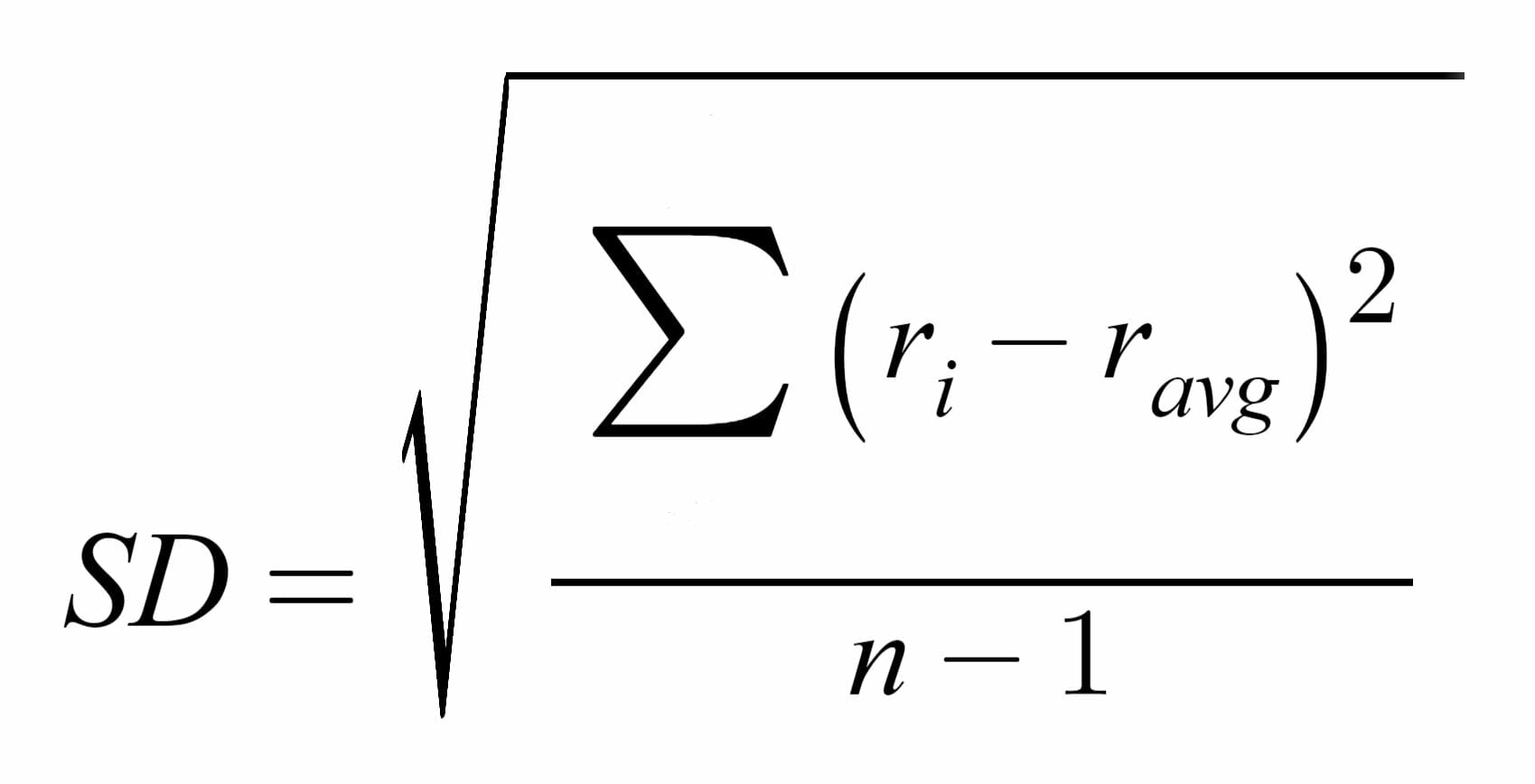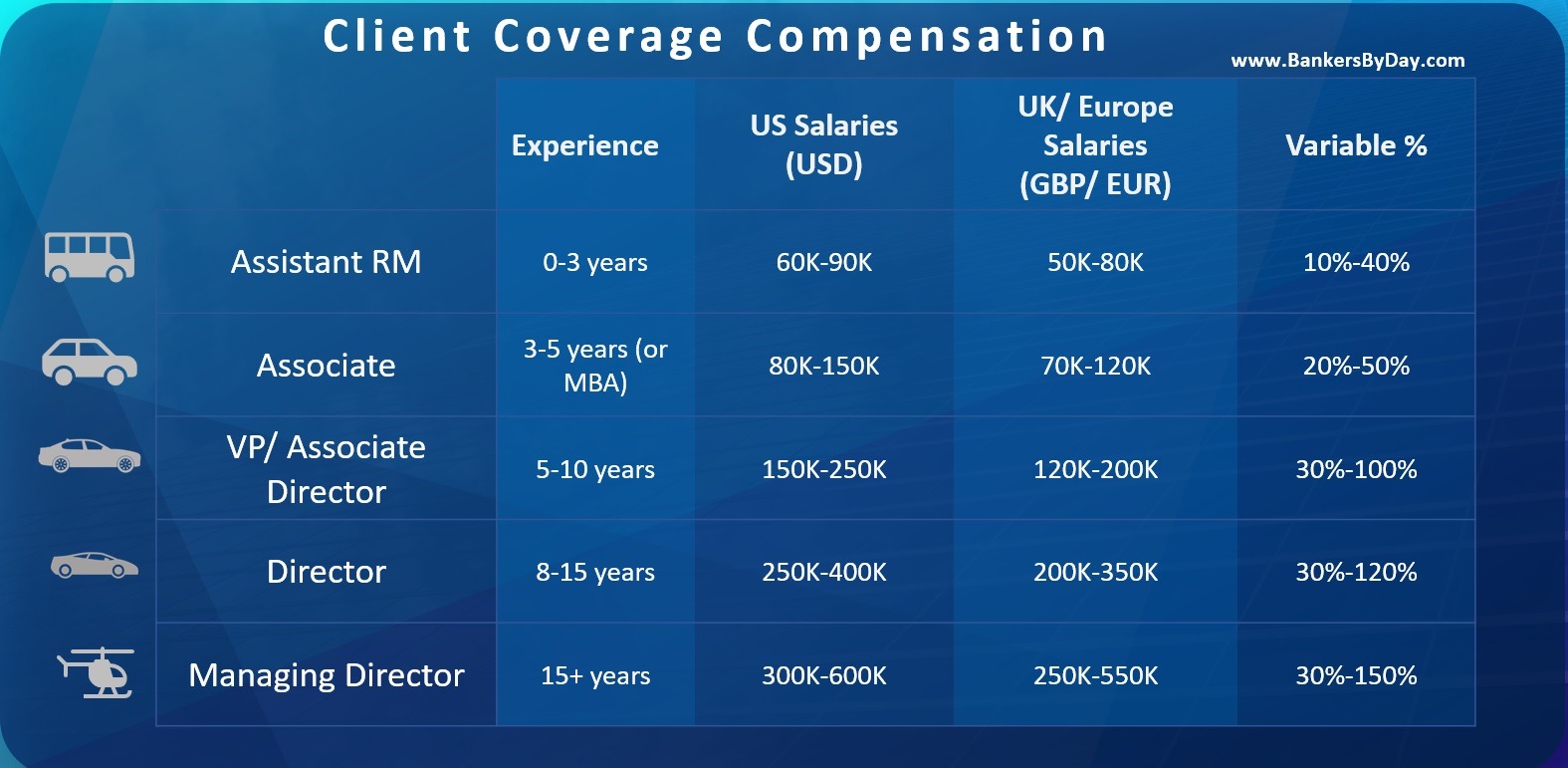Investors looking at purchasing into a company have various choices, but if you invest one service, you can't invest that very same money in another. So the discount rate shows the obstacle rate for an investment to be worth it to you vs. another business. Following on point number 3, the discount rate for worth financiers is your desired rate of return to be made up for the danger. The part that journeys up many individuals is this: "While discount rates undoubtedly matter in DCF evaluation, they don't matter as much as most analysts think they do." Aswath Damodaran Since if you actively consider how you utilize discount rates day-to-day, you will discover that you use them like a yardstick for your rate of return.
That something is a rate of return. No one and no organization provides or invests money without weighing what the returns will be or comparing it against some other kind of investment return. Banks provide money to individuals at various rates of interest depending upon the financial threat profile. I purchase the stock exchange happy to handle more risk than a cost savings account or a guaranteed treasury bond, for a rate of return surpassing both. The value of any stock, bond or business today is determined by the money inflows and outflows marked down at a proper rates of interest that can Take a look at the site here be anticipated to occur during the remaining life of the possession.
This is a great deal of talk on, so let's make it more useful. To see how discount rate rates work, calculate the future worth of a business by anticipating its future cash generation and then including the overall sum of the money created throughout the life of the organization. This needs you to determine a growth rate and then use it to the company's free capital. To illustrate, let's assume a business's financial filing exposed $100 in free money this year. With a growth rate of 10%, the company will be able to generate $110 in totally free money next year and $121 the year after and so on for the next 10 years.
1 $110 2 $121 3 $133 4 wfg logo png $146 5 $161 6 $177 7 $195 8 $214 9 $236 10 $259 $1,753 However the amount of $1,753 over 10 years is unworthy $1,753 today - How old of an rv can you finance. If you had the option of getting an overall sum of $1,753 spread out over 10 years or $1,753 in one swelling sum today, which would you choose? The single up-front payment, naturally. Prior to I describe why, let me reveal you: 1 $110. 91 $100 2 $121. 83 $100 3 $133. 75 $100 4 $146. 68 $100 5 $161. 62 $100 6 $177.
51 $100 8 $214. 47 $100 9 $236. 42 $100 10 $259. 39 $100 $1,753 $1000 Getting $1,753 paid out over 10 years deserves the like having $1,000 today (presuming your individual discount rate is 10%). Does that make sense? Another way to put it is, if I provide you $1000 today, I anticipate to be paid $110 in one year, $121 in 2 years, and so on for 10 years, to meet my internal necessary rate of return of 10%. That's due to the fact that of the time value of cash. You know intuitively that a dollar today is worth more than a dollar a year from now.
Everything about How To Finance New Home Construction
02 in a year for it to simply have the same purchasing power (2% inflation rate). However no one wishes to simply have the exact same quantity of cash next year you want to earn a return on it! If you purchased the stock market, you could turn that $1 into $1. 10 or $1. 30. A dollar next year is no excellent to you, due to the fact that you've lost out on a year of deploying it to make extra returns. This is the opportunity expense of your capital. The last reason a dollar in the future is worth less than one today is since a dollar in your hand now is ensured, however a future payment constantly has some uncertainty. How to finance building a home.
30 in the stock exchange, it could become $0. 80 in a bad year. That risk likewise requires to be constructed into your required hurdle rate of return. The point is, you require to mark down the future capital of business you're investing in, since money in the future is worth less than money today. And the discount rate you select should be based on the rate of return you require for your investment, which is usually a function of both the unpredictability of the investment and what else you can invest in. In case you're questioning how to determine the discount consider the above table, well, it's closely associated to calculating the development rate at duration t.

If you wish to compute your own discounted cash flows, you'll require this (How to finance a car from a private seller). But you do not really Discover more require this for figuring out what your individual financier discount rate should be. As an everyday investor, you do not need to utilize complex inputs and models. I confess my method is far from perfect. However it gets much better each year as I continue to refine my technique. Prof Damodaran supplies remarkable tips and has written a excellent piece on corresponding. Consistency: a DCF very first principle is that your capital need to be defined in the exact same terms and system as your discount rate.

An affordable money circulation valuation needs presumptions about all 3 variables but for it to be defensible, the presumptions that you make about these variables need to follow each other. an excellent appraisal links narrative to numbers. A great DCF evaluation has to follow the same principles and the numbers need to be constant with the story that you are telling about a company's future and the story that you are telling needs to be plausible, provided the macroeconomic environment you are predicting, the marketplace or markets that the company runs in and the competition it deals with. Not as basic as it looks, however not as difficult as it appears.
Probably you will utilize FCF as the capital. It is the most typical value you'll discover and one that is easy for value investors. FCF is post-tax and not changed for inflation (real, not nominal worth). For that reason, the discount rate ought to also be thought about post-tax. E.g., if you like to use 10% returns in your computations, you are likely thinking about a 10% pre-tax return. If you do want a 10% return post-tax, then your pre-tax discount rate is most likely 11. 5 to 13%. However once again, if your pre-tax preferred rate of return is 10%, then your post-tax discount rate ought to be 7 to 8.